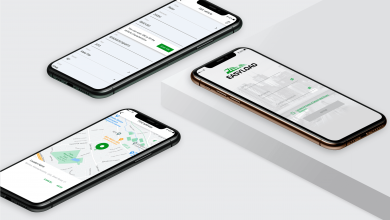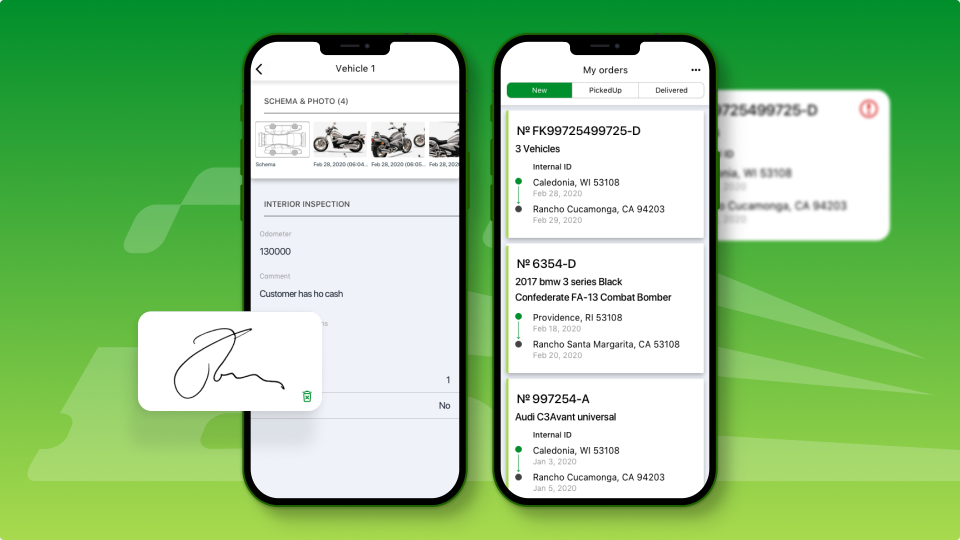According to the independent web resource Fortune Business Insights, the global SaaS market size is predicted to grow up to $908.21 billion by 2030, at a CAGR of 18.7%.
Such popularity is not surprising given all the conveniences it provides both users and development companies. Below, with out partner SDA we will reveal in detail the aspect of generating income from SaaS through the implementation of software monetization models, which is one of the fundamental challenges for the latter.
What Is a SaaS Revenue Model?
First, let’s recall what SaaS is. SaaS (Software as a Service) is a format for delivering cloud-based services that are a part of a global solution created by a specific development company.
Due to the absence of the need to install and integrate such software into clients' existing IT infrastructure, SaaS is a more convenient alternative to desktop software solutions. Moreover, clients no longer need to regularly install updates since such software is updated automatically on the developer’s side, and clients instantly gain access to already optimized functionality.
As for a SaaS revenue model, it is a way in which the SaaS vendor (a development company that created a specific SaaS solution) gets profit from providing its cloud-based services to the users.

10 Most Profitable Revenue Models for Your SaaS Solution
Now, we invite you to learn about the ten most current SaaS business models.

1. Subscription-based model
This is the most well-known model in which users are charged on a regular basis, be it weekly, monthly, annually, etc. Its main disadvantage is that it requires a lot of marketing effort to entice potential buyers to pay for your product. That's why many companies switch to this model only after they have begun to experience a steady influx of audiences.
2. Paid services
Alternatively, you can also give users access to the basic set of features of your SaaS solution for free but charge some fees for the advanced ones. This makes sense when your software solution has the ability to differentiate functionality in this way.
3. Transactional model
Instead of charging users in advance for features that they may not use, you can also offer an option to pay after the fact – precisely for those that the client required for a set period of time. This is one of the most fair models and is suitable for software solutions with a large number of functions and services.
4. Freemium
You can offer your clients a limited version of your software solution for free, but charge for the full version. This model is popular in the B2C sector – where you have to make a lot of effort to get the client to pay for something.
5. Ad-based model
This model involves providing space in the application or on the website presenting it, where third-party companies can place their advertisements. It can be implemented either directly – when you personally contact the advertiser and agree on the amount of payment, or through an intermediary, like the Google AdSense service, which will automatically load advertising tuned to the interests of a particular user.
The second option is less profitable since advertising platform owners receive only a few bucks for thousands of views. However, this model is a good option for those SaaS vendors whose websites regularly attract many visitors to get additional income.
6. Affiliate model
Instead of advertisements, you can also place affiliate links on your website that will help your partners promote their businesses online. This model is also intended for owners of websites with consistently high traffic, but their potential clients may not like it if the links are in no way related to the topic of their SaaS solutions.
7. Indirect sales
You can entrust the sale of your SaaS solution to third-party resellers who have large customer bases. At the same time, you need to understand that they will require some commission from you for each purchase or for the fact that you placed your offer on their online platform. The choice in favor of this model is justified when your SaaS solution can be used as an auxiliary tool to a more global product owned by your chosen reseller.

8. Direct sales
If you have the opportunity to hire salespeople who can directly contact potential clients, you should pay attention to this model. From a profit point of view, it will pay for itself if the cost of your SaaS solution is high – otherwise, it makes sense to pay attention to the option below.
9. Retail sales
If you have thoughts on how to make your SaaS solution go viral, you can resort to this SaaS revenue model. In particular, your users can advertise it on their social networks and recommend it if they have something worth showing. Note that the choice in favor of this option prompted many SaaS vendors to produce their own physical products to interest and attract the audience in this way.
10. Web sales
This option is suitable for you if you have proven SEO and online marketing practices at hand that will help attract visitors to your website and convert them into real buyers. Thus, by placing your SaaS solution on your website, you can get a stable source of income.
Hidden Costs You May Face as a SaaS Vendor
You must understand that to implement any of the existing SaaS revenue models, you will have to invest – either at the very beginning of your journey or on an ongoing basis.
Here, we can talk about the costs of marketing, SEO, advertising, and other promotion tools that are common for online businesses, as well as the costs associated with the integration of a payment gateway, transaction, and hosting fees, salespersons’ salaries, etc.
Therefore, before making your choice on one of the models above, you will need to calculate the profitability of each of them, taking into account these hidden costs.
How to Choose the Most Profitable SaaS Model
In this paragraph, we would like to delve deeper into assessing the profitability of SaaS revenue models and help you choose the best product monetization strategy.
- Find out what affects your revenue. For example, when choosing direct sales, you should estimate the average monthy salary in your region for salespersons and subtract it from the cost of your SaaS solution (or its middle plan if you have several pricing plans at once) multiplied by the average number of transactions that one seller can conclude during one month.
- Understand your audience. For enterprises, vendors most often provide their SaaS solutions according to the subscription-based B2B SaaS business model, while the B2C sector is more adapted to ex post facto (transactional), paid services, or freemium models.
- Choose a scalable model. If you have chosen the software revenue model correctly and it has begun to bring you a stable income, you should understand that the number of your users will also increase over time. And the costs of this growth will need to be covered, too.
Use Our Experience for Your Ideas
Now, we propose you consider a specific example of the implementation of a SaaS for the transportation industry.

Initially, a client representing a truck dispatching company approached us to automate their internal business operations. After introducing us to the specifics of the company’s work, it was decided to provide SaaS product development services and build a custom transport management system (TMS) offering centralized control over drivers during cargo transportation. The client’s company also wanted to discover new opportunities for scaling its income, so we were given the task of not just developing a turn-key TMS, but a product that could be delivered on a subscription basis to other companies in the client’s niche with the possibility of adaptation to their individual business needs.
The final solution had to include a mobile application for truck drivers, a management system, and an administrative part for project monetization. To implement the task assigned to us, we settled on the following technology stack:
- PHP/Laravel
- PostgreSQL
- Redis
- React
- Redux
- Ant Design
- Typescript
- REST API
- Google Maps
- Websocket
Upon completion of our work on the project, the client received a customizable TMS with SaaS monetization for logistics companies that provided end-to-end automation of the vehicle transportation life cycle from origin to destination. Once the solution was deployed, the client saw a return on their investment in just one year.
You can learn more about this case here:
Final Thoughts
If you would like to expand your income opportunities and, in addition to automating your internal operations, provide all the necessary tools for this to other representatives of your business niche, feel free to contact us. We will create a customized SaaS solution that will begin to bring you stable profits immediately after its launch.

